Creating the perfect home for exotic reptiles is both an art and a science. Terrariums serve as microhabitats that replicate natural environments while allowing for observation and easy maintenance. For reptile enthusiasts who keep exotic snakes and lizards, selecting the right terrarium is perhaps the most crucial decision you’ll make for your pet’s health and wellbeing.
The perfect enclosure balances environmental needs with aesthetic appeal, creating a space where these fascinating creatures can thrive. This comprehensive guide explores the best terrarium options for various exotic reptile species, helping you make informed decisions about housing your scaly companions.
Understanding Reptile Housing Requirements
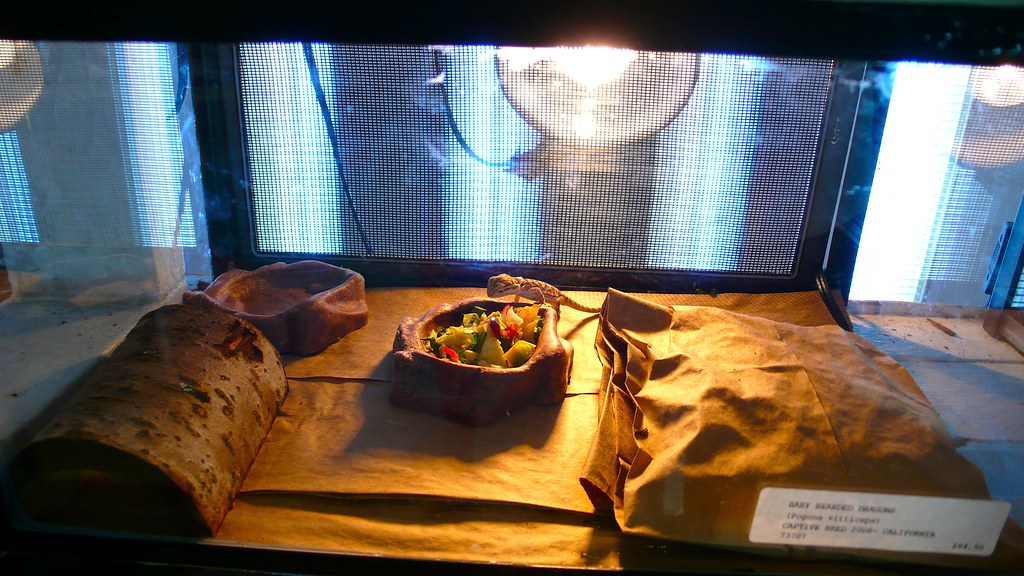
Reptiles have evolved specific adaptations to their natural environments, making habitat replication essential for captive specimens. Unlike mammals, reptiles are ectothermic, meaning they rely on external heat sources to regulate their body temperature. A proper terrarium must provide temperature gradients allowing the animal to thermoregulate by moving between warmer and cooler areas.
Humidity requirements vary dramatically between species, from desert-dwelling bearded dragons requiring just 30-40% humidity to tropical emerald tree boas needing 70-90%. Space requirements also differ significantly – arboreal species need tall enclosures with climbing opportunities, while terrestrial species benefit from greater floor space. Understanding these fundamental requirements is crucial before selecting any terrarium for your exotic reptile.
Glass Terrariums: Advantages and Limitations
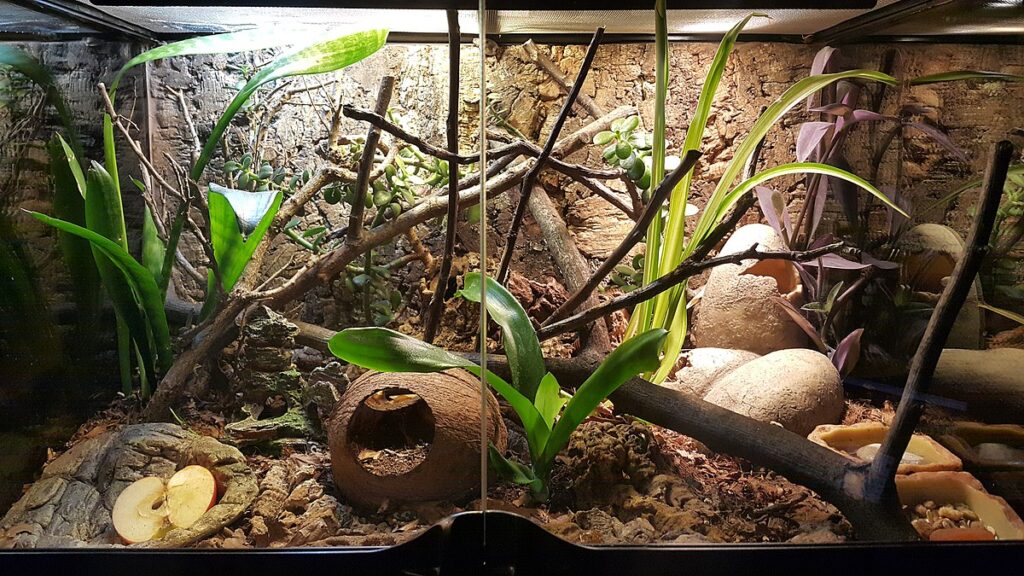
Glass terrariums remain the most popular choice for many reptile keepers due to their excellent visibility and durability. These enclosures typically feature front-opening doors for easy access and minimize stress during maintenance compared to top-opening designs. Glass excels at heat retention and allows for precise humidity control when properly sealed.
However, glass terrariums have notable drawbacks, including poor insulation, significant weight, and susceptibility to breakage. They can also create stress for some species that don’t understand transparent barriers, leading to repeated attempts to pass through the glass. For most snake and smaller lizard species like crested geckos and ball pythons, glass terrariums provide an excellent balance of functionality and aesthetic appeal when properly set up.
PVC Enclosures: The Professional Choice
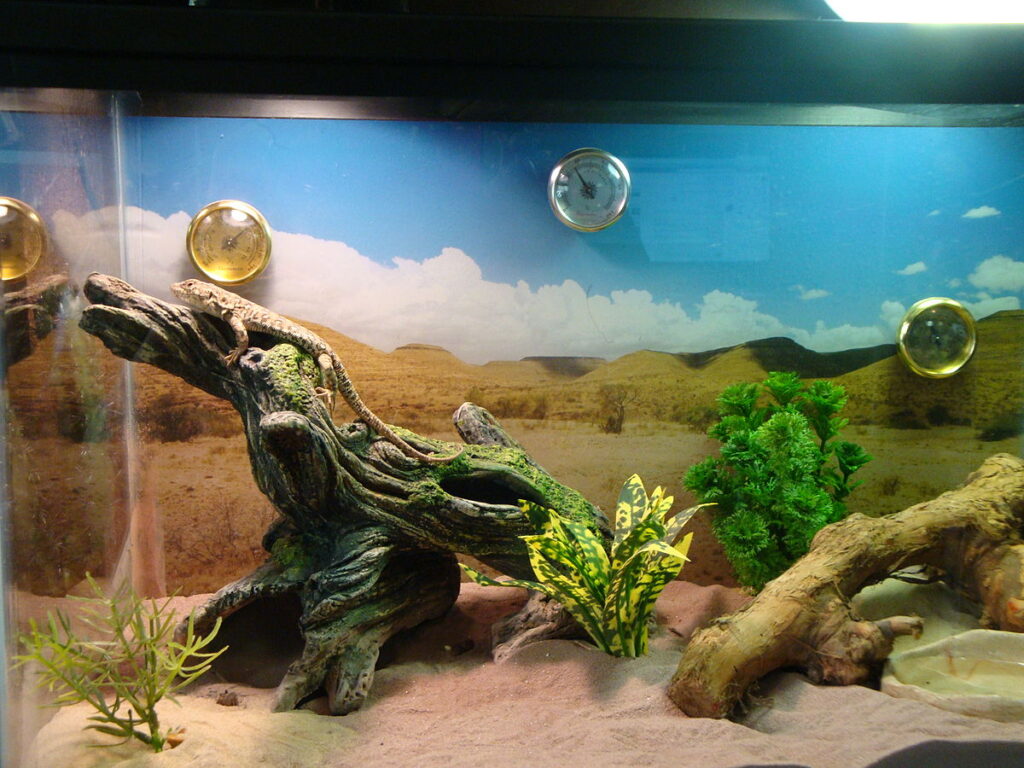
PVC (polyvinyl chloride) enclosures have revolutionized reptile keeping in recent years, offering superior insulation properties compared to traditional glass terrariums. These lightweight yet durable enclosures maintain heat and humidity exceptionally well, making them ideal for tropical species with specific environmental requirements. Many professional breeders prefer PVC for its practical benefits: they’re lighter than glass, won’t shatter if dropped, and can be customized with various ventilation options. Premium manufacturers like Animal Plastics, Dragonhaus, and Vision Products offer modular designs that can be expanded as animals grow. For keepers of humidity-dependent species like emerald tree boas, Amazon tree boas, or many of the more sensitive gecko species, PVC enclosures provide consistent environmental conditions that can significantly reduce stress and respiratory issues.
Wooden Vivariums: Natural Aesthetics with Functionality

Wooden vivariums offer a classic aesthetic that many keepers appreciate for their natural appearance and excellent insulation properties. Typically constructed from melamine-coated particle board or plywood sealed with reptile-safe products, these enclosures maintain heat efficiently and create a sense of security for shy species.
Most wooden vivariums feature glass sliding doors for observation and access, combining the benefits of both materials. However, proper sealing is essential as wood is naturally porous and can harbor bacteria or mold if moisture penetrates the protective coating.
Higher-end wooden vivariums from manufacturers like Custom Reptile Habitats and Vivexotic offer sophisticated features like cable management systems, integrated lighting fixtures, and decorative trim options that make them attractive centerpieces in living spaces.
Specialized Mesh Terrariums for Chameleons
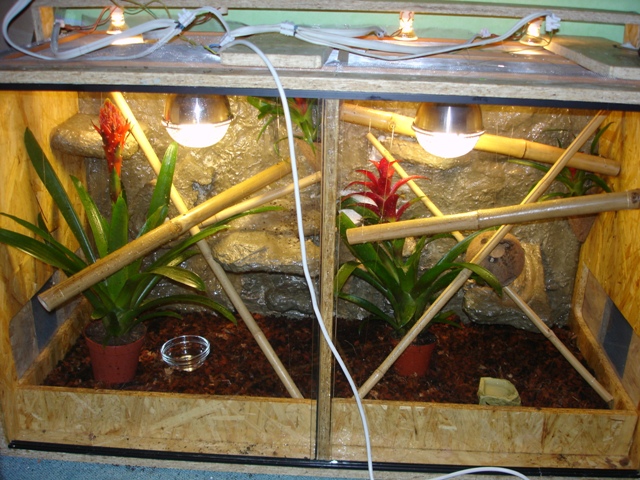
Chameleons present unique housing challenges that conventional terrariums often fail to address adequately. These specialized reptiles require exceptional ventilation to prevent respiratory infections, making screen or mesh enclosures the gold standard for species like veiled, panther, and Jackson’s chameleons.
Purpose-built chameleon habitats typically feature aluminum framing with fine mesh panels that allow for constant air exchange while containing the animal. The vertical orientation accommodates their arboreal nature, providing ample climbing opportunities on multiple levels.
Premium chameleon habitats include drainage systems to manage the frequent misting these animals require without creating standing water. While mesh enclosures excel at ventilation, they present challenges in maintaining adequate humidity and temperature gradients, often requiring supplemental humidifiers and more powerful heating elements in colder climates.
Bioactive Terrarium Systems

Bioactive terrariums represent the cutting edge of reptile keeping, creating self-sustaining ecosystems that closely mimic natural environments. These systems incorporate live plants, beneficial microorganisms, and cleanup crews of invertebrates like springtails and isopods that process waste and prevent mold growth.
For tropical species like day geckos, crested geckos, and many arboreal snake species, bioactive setups provide natural humidity cycles, environmental enrichment, and improved air quality. The substrate in bioactive systems typically consists of multiple layers, including a drainage layer, soil separator, and nutrient-rich substrate mix that supports plant growth and microbial activity.
While requiring more initial investment and setup time, bioactive terrariums often require less frequent maintenance once established and provide significant behavioral benefits for reptiles that interact with the living elements of their environment.
Optimal Terrarium Sizes for Different Species
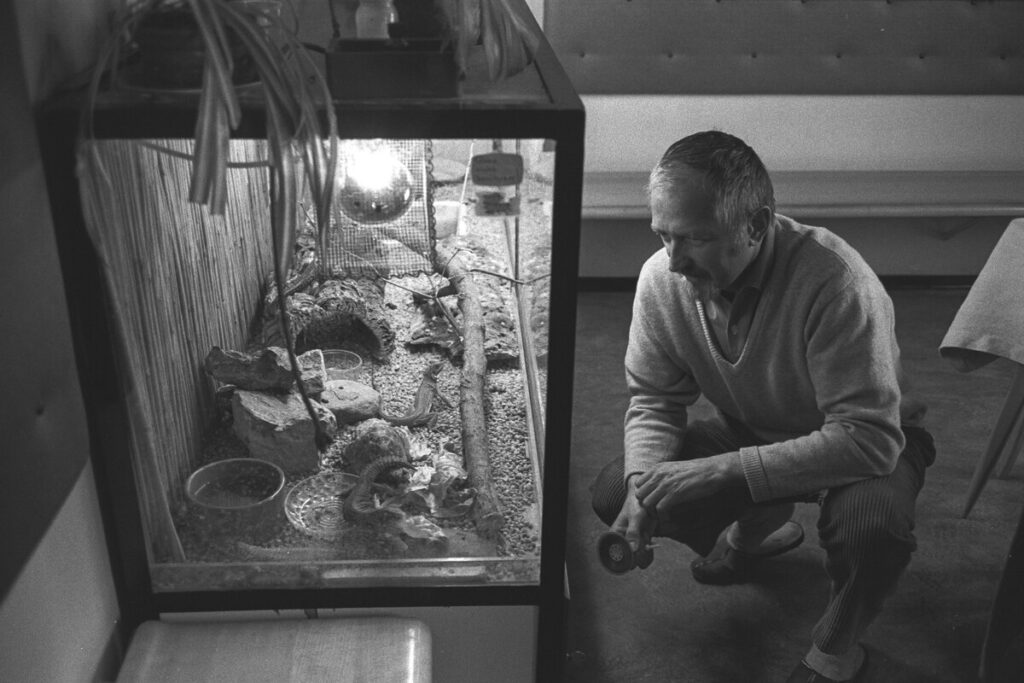
Appropriate sizing represents one of the most critical and unfortunately overlooked aspects of reptile terrarium selection. The outdated “length plus width equals the snake’s length” formula has been largely discredited by modern herpetologists who understand that even sedentary species benefit from additional space.
For active lizards like tegus and monitors, the absolute minimum enclosure size should provide enough space for the animal to fully stretch out and move about freely in multiple directions. Arboreal species require tall enclosures with ample climbing opportunities – a green tree python or emerald tree boa should have an enclosure at least 36″ tall with multiple secure perching branches.
As a general guideline, terrestrial snakes should have enclosures where the length plus width equals at least 1.5 times their total length, while active lizards should have enclosures providing at least 4-6 square feet of floor space per foot of body length.
Heating and Lighting Systems for Exotic Species
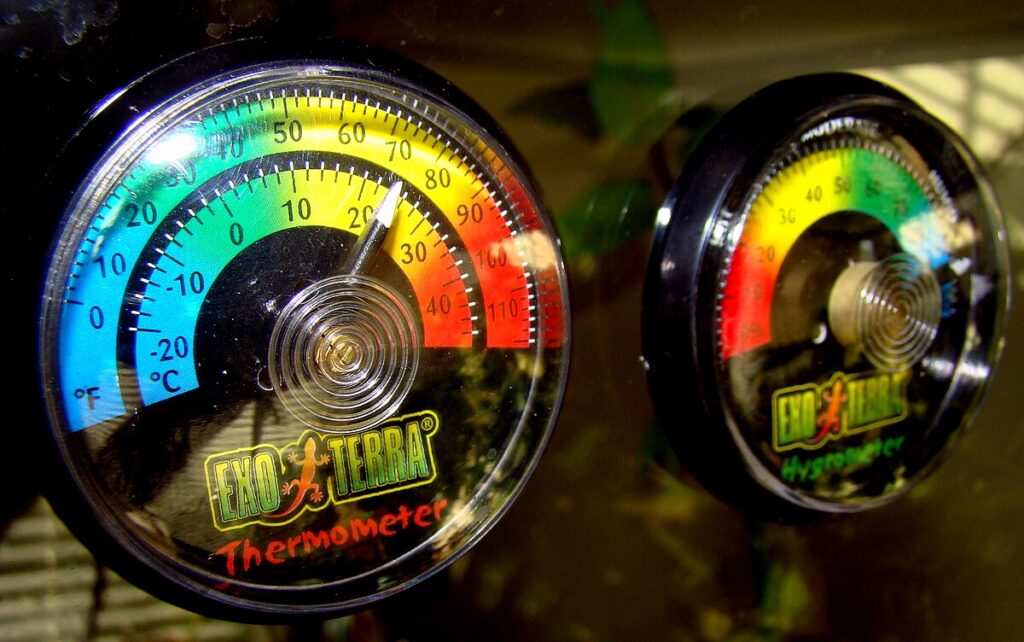
Proper heating and lighting integration significantly impacts your choice of terrarium material and design. Most exotic reptiles require a thermal gradient allowing them to thermoregulate by moving between warmer and cooler areas. Overhead heating through ceramic heat emitters, halogen flood bulbs, or radiant heat panels typically provides the most natural warming pattern and works effectively with most terrarium types.
UVB lighting is essential for many diurnal lizard species like bearded dragons and uromastyx, requiring terrarium designs that accommodate fluorescent tubes or mercury vapor bulbs without filtering the critical UVB wavelengths. Glass and mesh screen both filter some UVB radiation, with glass blocking significantly more – this must be accounted for when positioning lights and selecting terrarium materials. Modern LED lighting systems can create impressive day/night cycles and highlight the beauty of your animals without generating excessive heat, making them compatible with all terrarium materials.
Humidity Control Features for Tropical Species

Maintaining appropriate humidity levels represents one of the greatest challenges for keepers of tropical reptile species. Terrariums designed for high-humidity environments should incorporate features that help maintain moisture while preventing stagnant conditions that promote bacterial and fungal growth.
Automated misting systems from manufacturers like MistKing and Exo Terra can be integrated into most terrarium designs, providing scheduled bursts of moisture that mimic natural rainfall patterns. Strategic ventilation placement is crucial – top ventilation allows humid air to escape (reducing humidity), while lower ventilation promotes air circulation without significantly impacting moisture levels.
Many advanced terrariums incorporate removable vent covers that allow keepers to adjust airflow based on seasonal needs or during shedding periods when higher humidity benefits most species. For species requiring extreme humidity like emerald tree boas and certain dart frog terrarium communities, drainage layers with false bottoms prevent waterlogged substrates while maintaining atmospheric moisture.
Custom-Built Terrariums: When Standard Won’t Suffice
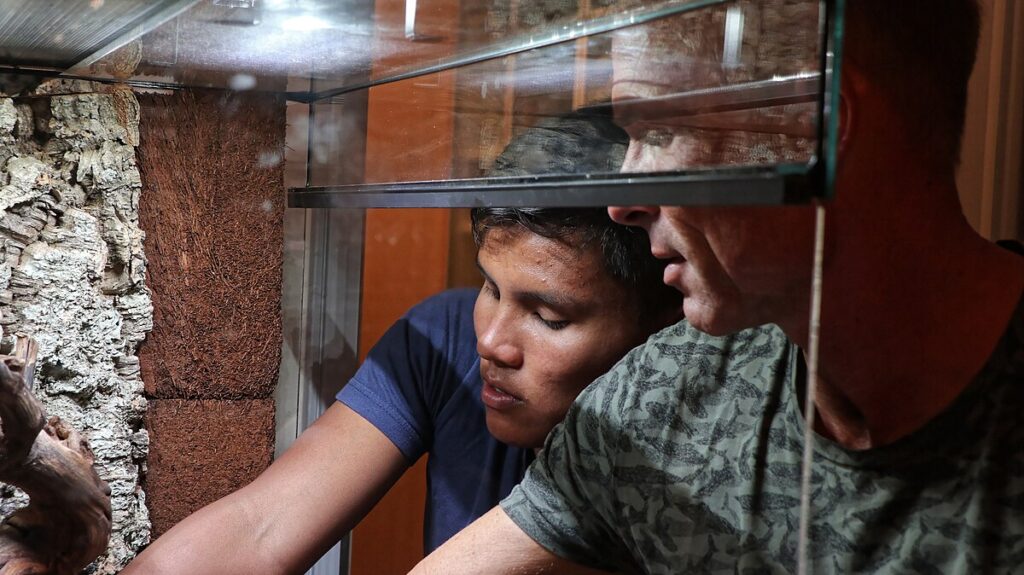
For keepers of exceptionally large or specialized species, custom-built terrariums often provide the only suitable housing solution. Giant species like reticulated pythons, Burmese pythons, and water monitors quickly outgrow commercially available enclosures, necessitating custom builds that accommodate their impressive size while providing necessary environmental features. Working with specialized reptile enclosure builders allows for precise specification of dimensions, materials, ventilation placement, and integrated features like built-in water features, basking platforms, and hide areas.
Companies specializing in custom reptile habitats include Cages by Design, Showcase Cages, and numerous independent craftspeople who work with materials ranging from PVC and aluminum to hardwoods and glass. While custom enclosures represent a significant investment, they often provide superior functionality and longevity compared to makeshift solutions for large or specialized species.
Budget-Friendly Terrarium Alternatives
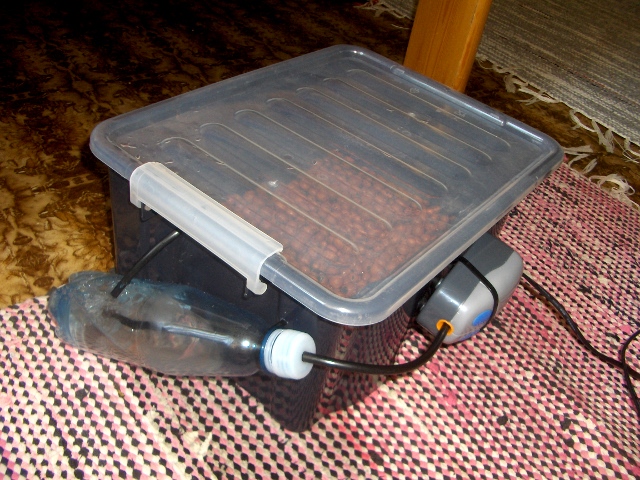
Quality reptile housing doesn’t necessarily require extravagant spending, especially for keepers working with limited budgets. Modified storage containers, particularly transparent plastic totes with secure locking lids, provide practical housing for many species when properly modified with ventilation holes, heating elements, and appropriate substrate.
These tub setups have become particularly popular among ball python keepers, who recognize that these secretive snakes often thrive in enclosed environments that provide security and consistent humidity. DIY melamine enclosures constructed from materials available at home improvement stores offer another economical option for those with basic woodworking skills.
Repurposed furniture like entertainment centers, wardrobes, and bookshelves can be converted into impressive reptile habitats with the addition of glass doors, ventilation, and proper sealing against moisture. While budget alternatives require careful attention to safety details like secure closures and proper ventilation, they can provide appropriate housing while saving significantly on initial setup costs.
Advanced Features Worth the Investment
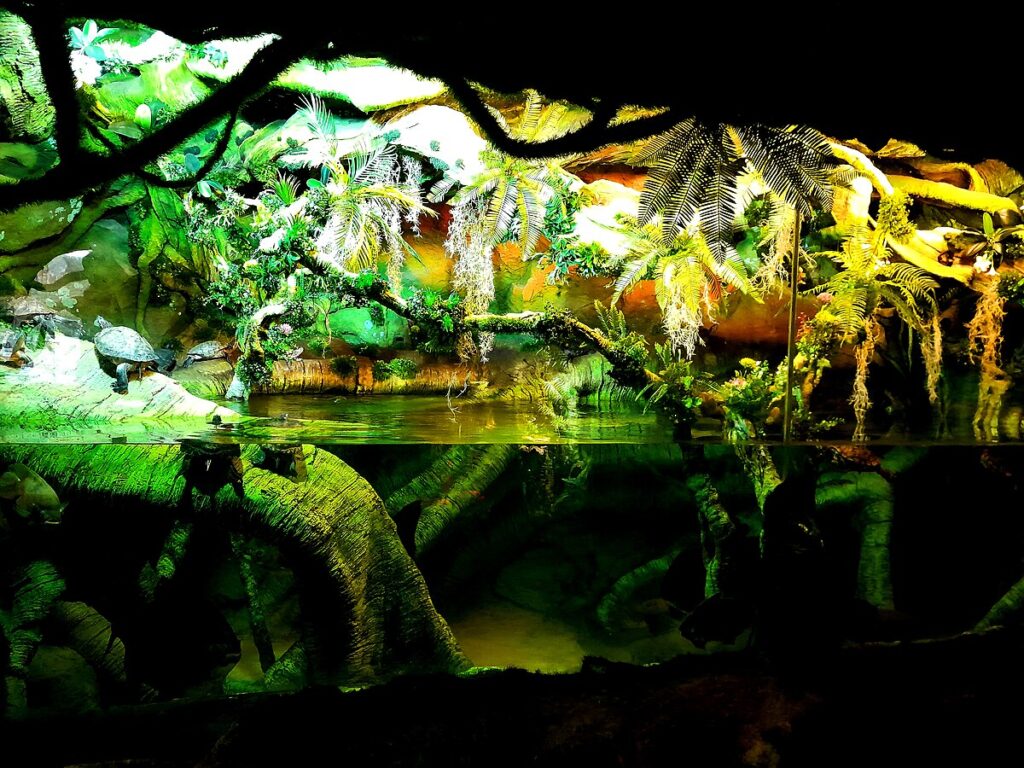
Several premium terrarium features justify their higher cost through improved functionality and reduced maintenance requirements. Integrated drainage systems with easy-access collection reservoirs simplify maintenance for high-humidity habitats, preventing substrate saturation and making waste removal more efficient.
Programmable LED lighting systems creating dawn/dusk transitions provide more natural light cycles that can encourage natural behaviors and breeding responses in many species. Terrarium locks have evolved beyond simple functionality, with magnetic and digital options that maintain security while enhancing the aesthetic appeal of display enclosures.
For busy keepers, automated systems controlling temperature, humidity, lighting, and even feeding can now be monitored and adjusted remotely through smartphone applications, ensuring optimal conditions even during travel. While these advanced features increase initial investment, they often reduce long-term maintenance requirements and provide superior environmental control that benefits animal health and keeper convenience.
Safety Considerations for Reptile Terrariums
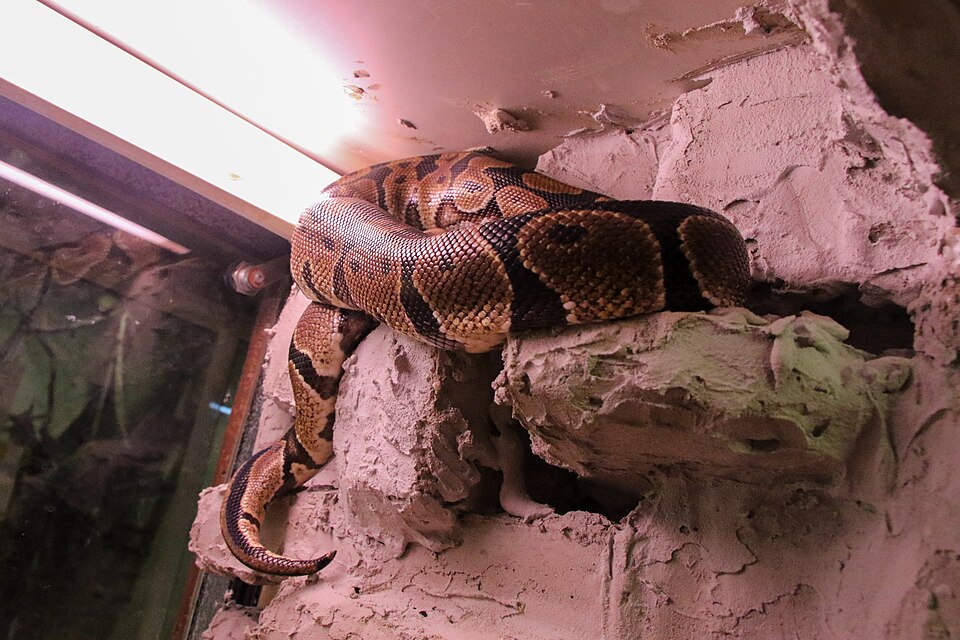
Safety should always take precedence over aesthetics when selecting or designing reptile terrariums. Secure closures appropriate to the species’ strength and escape abilities are absolutely essential – underestimating a snake’s ability to exploit small gaps or a monitor lizard’s problem-solving skills has led to countless escapes.
All electrical components including heating elements, lighting fixtures, and automated systems must be properly installed with appropriate protection against moisture and direct animal contact. Substrate choice must consider ingestion risks, particularly for species known to accidentally consume loose materials during feeding. Decorative elements like branches, rocks, and hides should be securely positioned to prevent collapse that could injure or trap the animal.
Glass terrariums should feature tempered glass that breaks into small rounded pieces rather than sharp shards if damaged. These safety considerations must be evaluated alongside aesthetic and functional aspects when selecting the ideal terrarium for any exotic reptile species.
Creating the Ideal Display Terrarium
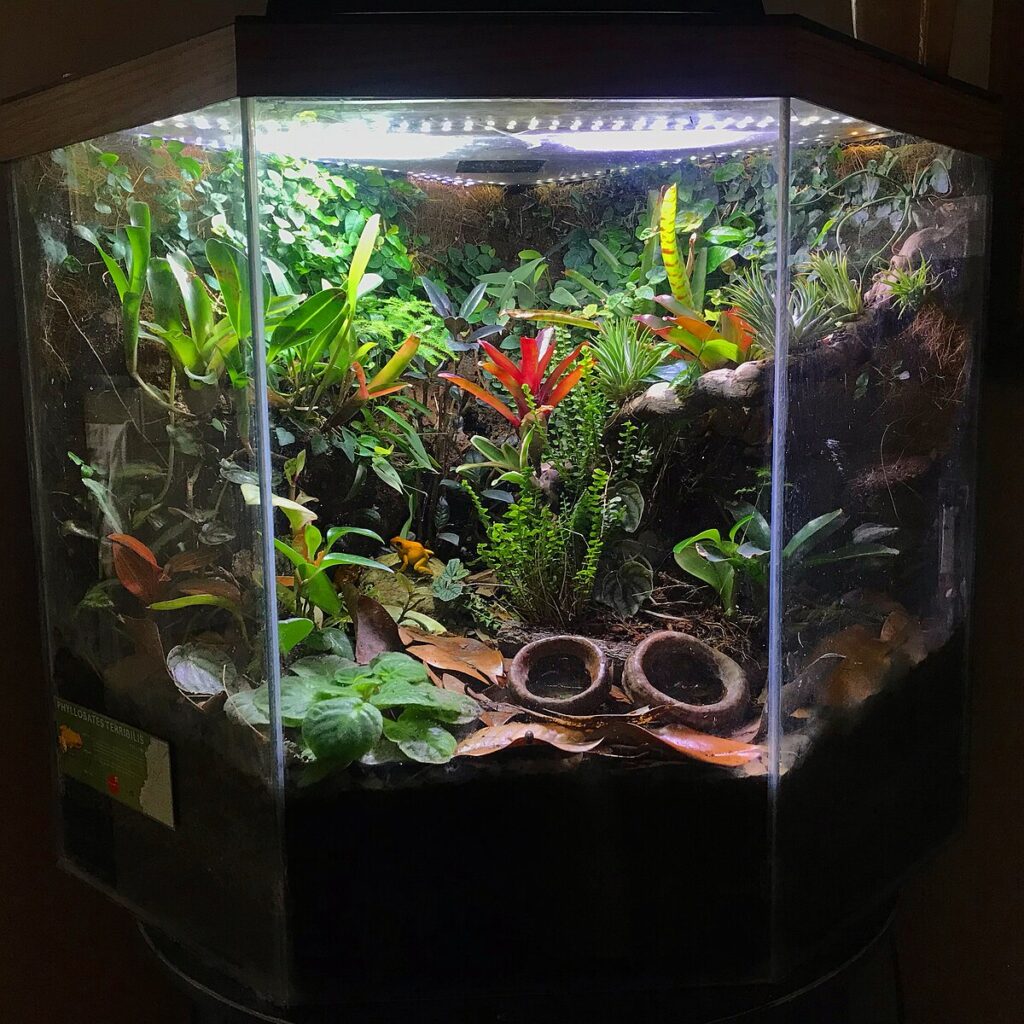
For many reptile enthusiasts, terrariums serve as living artwork that showcases both the animal and a recreated slice of its natural habitat. Creating truly spectacular display terrariums involves thoughtful selection of complementary materials, colors, and textures that highlight your reptile’s natural beauty.
Background techniques like carved foam covered with epoxy and natural materials create three-dimensional landscapes that dramatically increase the visual depth of the enclosure. Strategic lighting placement using directional LED fixtures can create stunning visual effects, highlighting textural elements and creating natural-appearing dappled light patterns.
Live plants appropriate to the species’ environmental needs add movement, color, and biological functionality while constantly evolving as they grow. The most impressive display terrariums balance the animal’s biological needs with aesthetic considerations, creating harmonious compositions where the reptile becomes the focal point of a meticulously crafted natural scene.
Selecting the ideal terrarium for exotic snakes and lizards requires careful consideration of species-specific requirements, material properties, size parameters, and practical maintenance factors. Whether you choose glass, PVC, wood, or custom solutions, the perfect enclosure creates a microenvironment where your reptile can express natural behaviors while thriving in captivity. As reptile keeping continues to evolve, terrarium design advances alongside our understanding of these fascinating animals’ needs. The best terrarium ultimately combines functionality with aesthetic appeal, creating a space that benefits both the animal’s wellbeing and the keeper’s enjoyment of these remarkable exotic creatures.

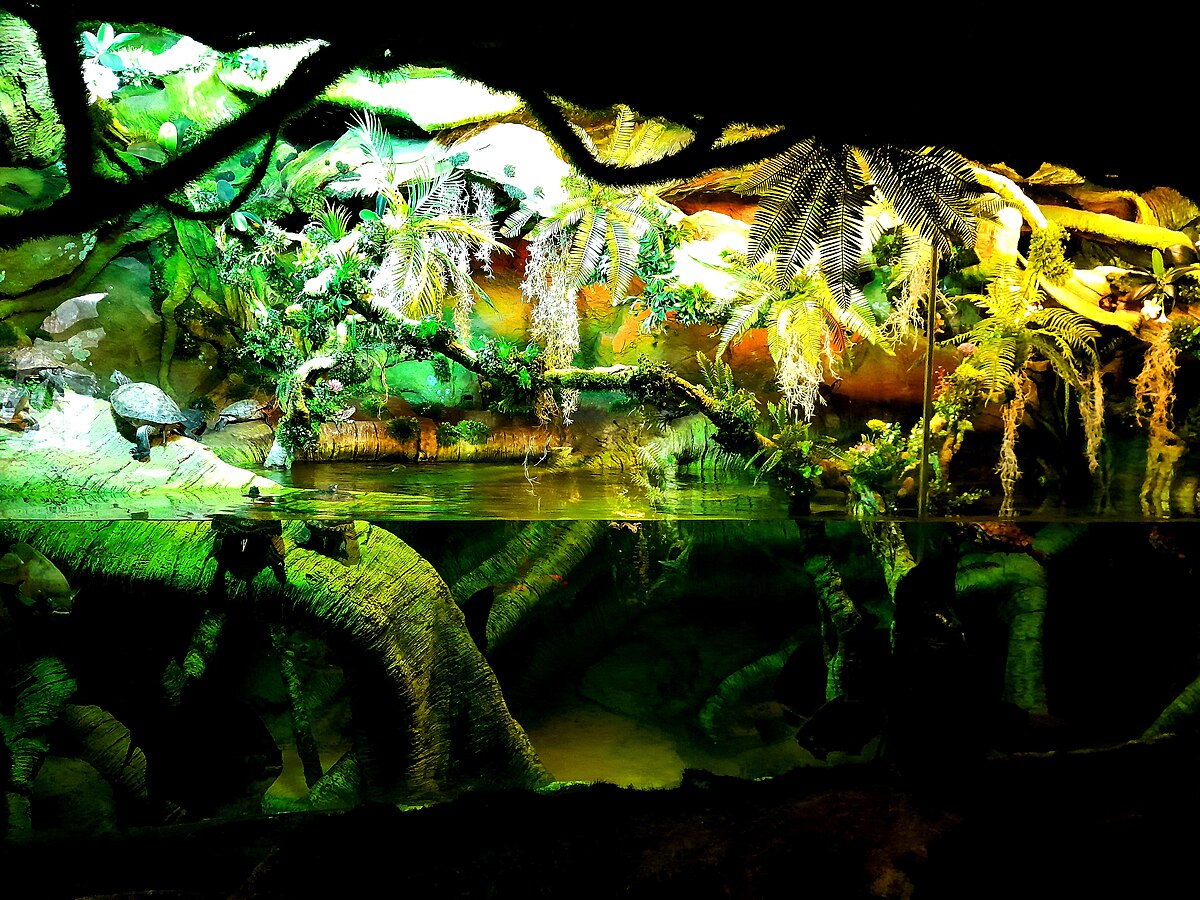
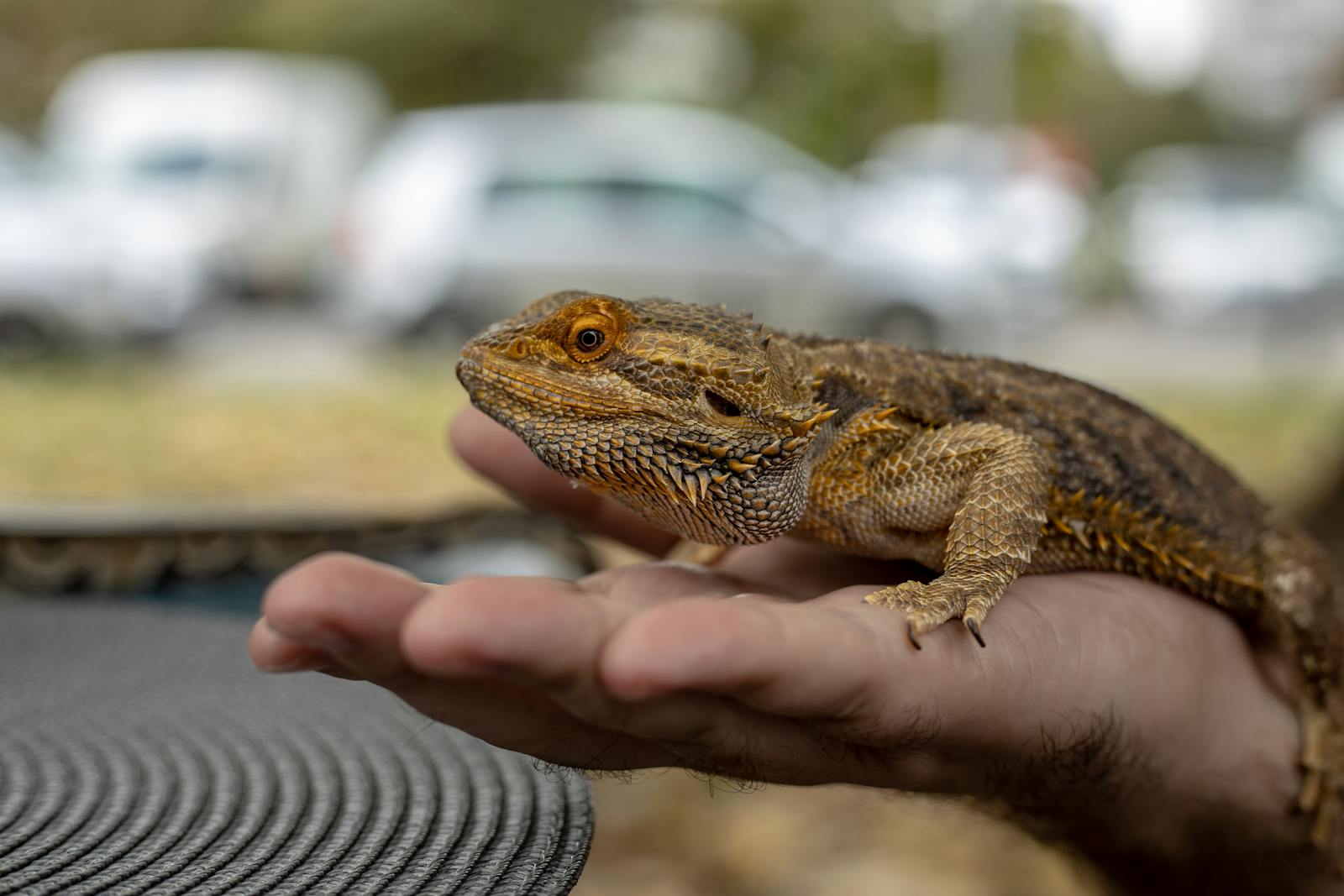
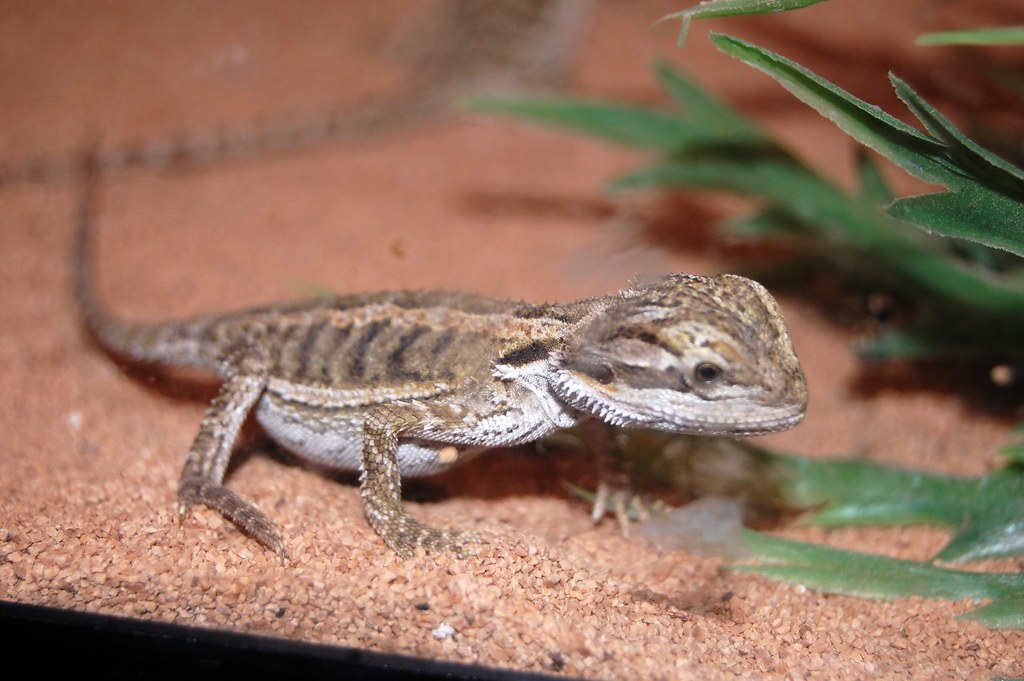

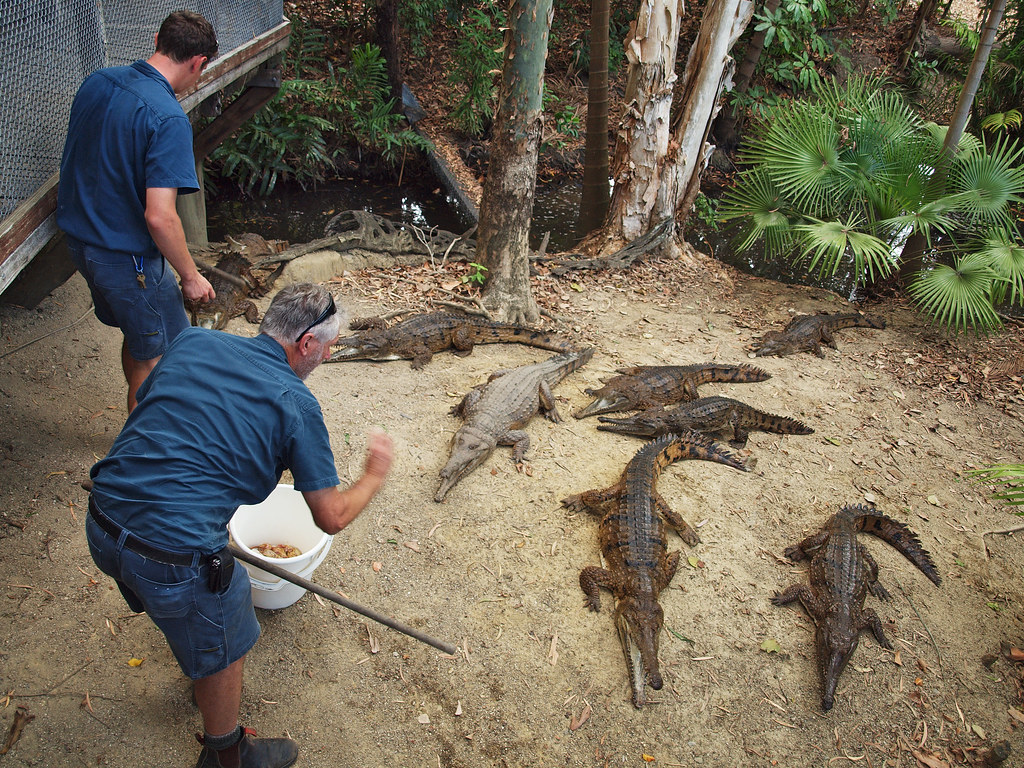
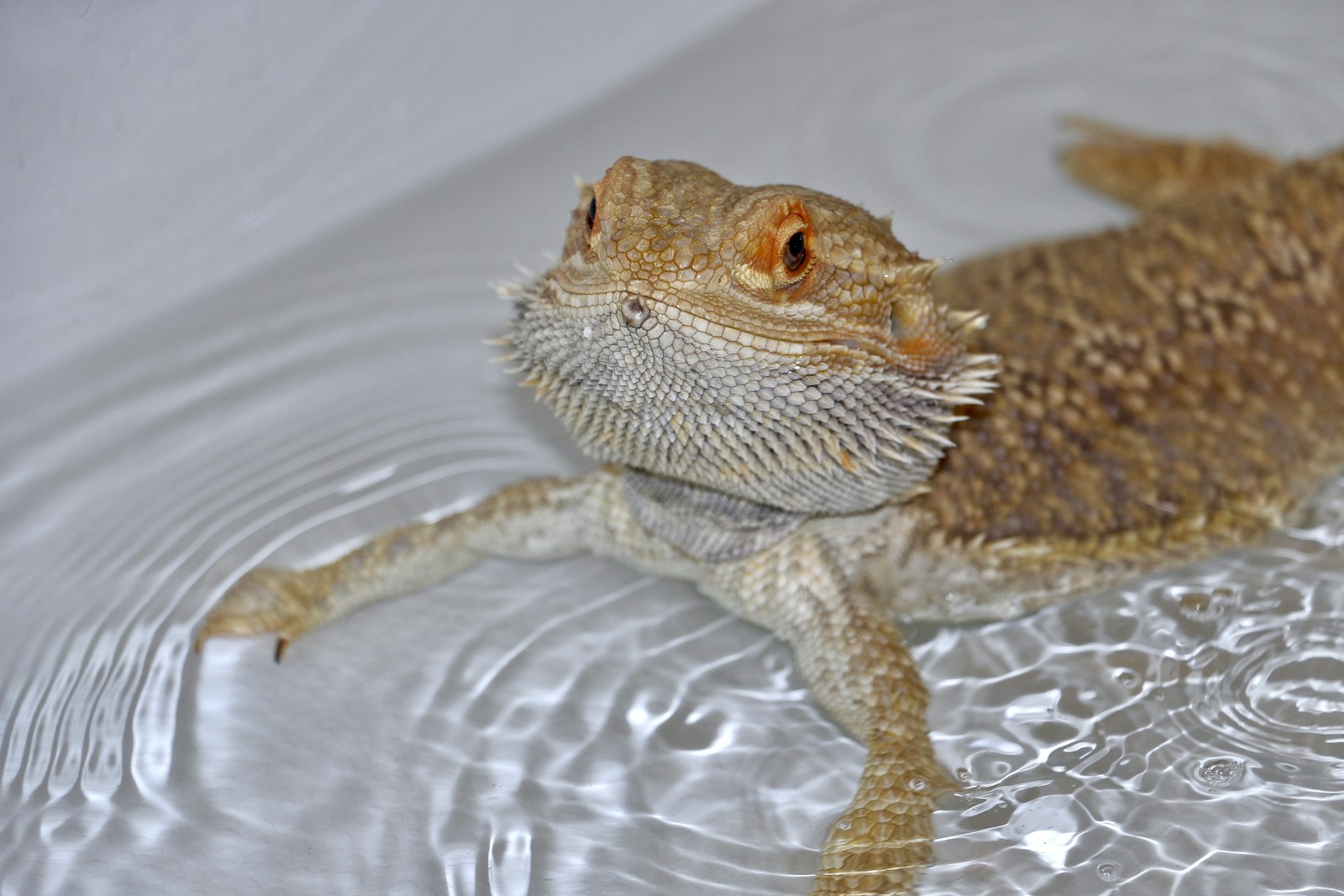
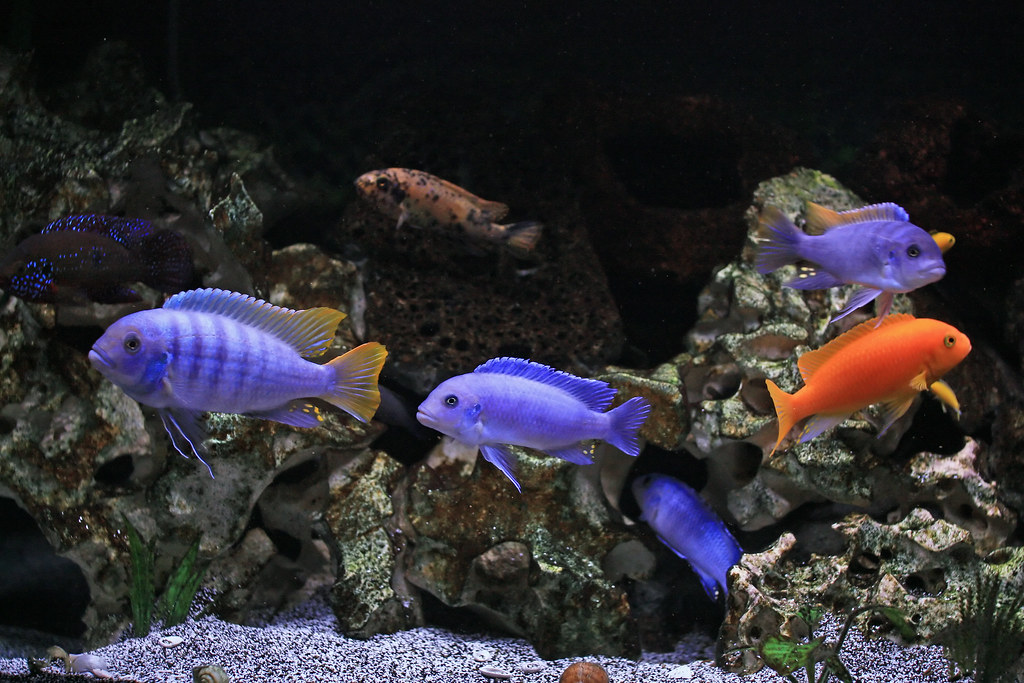
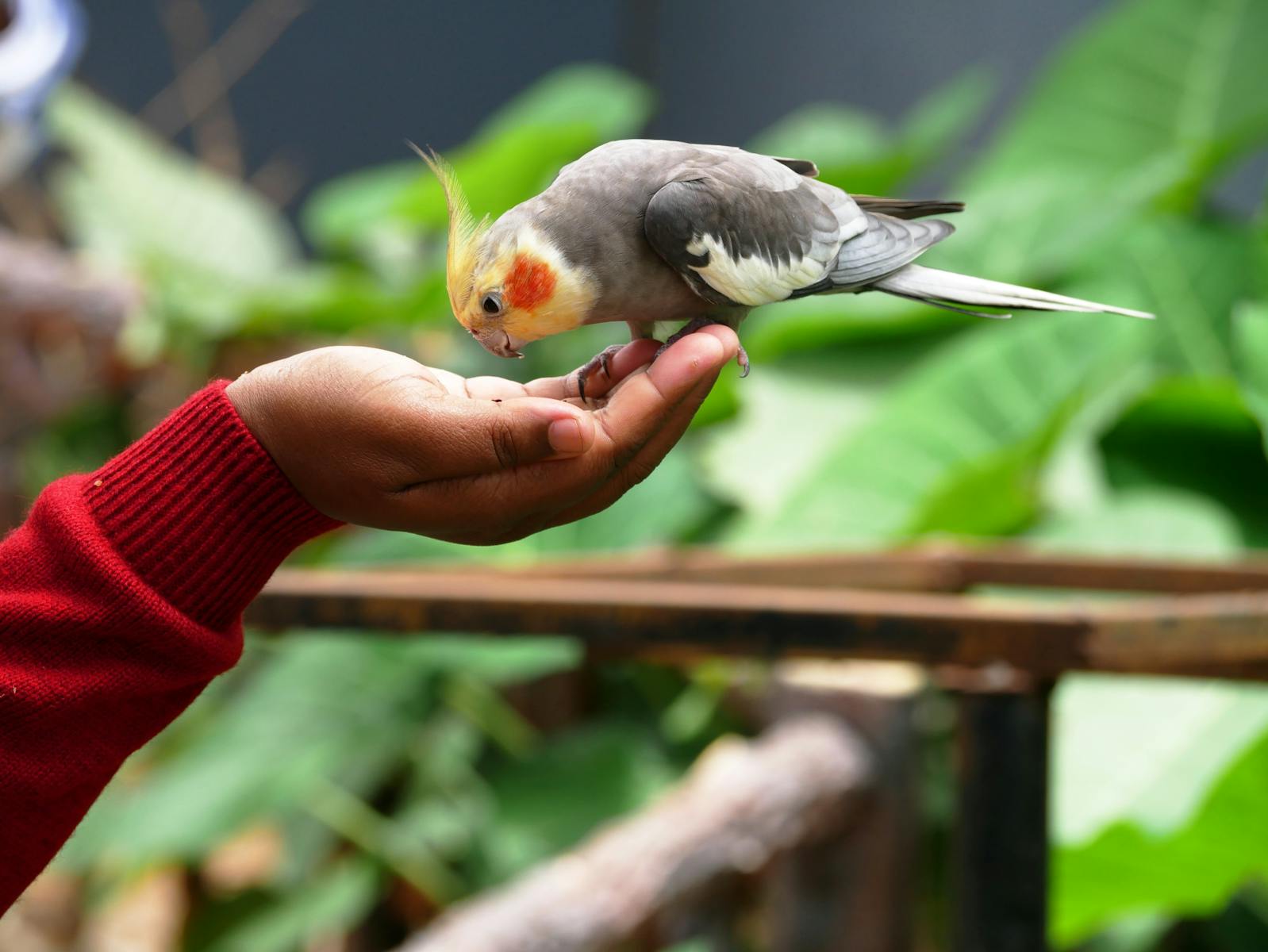
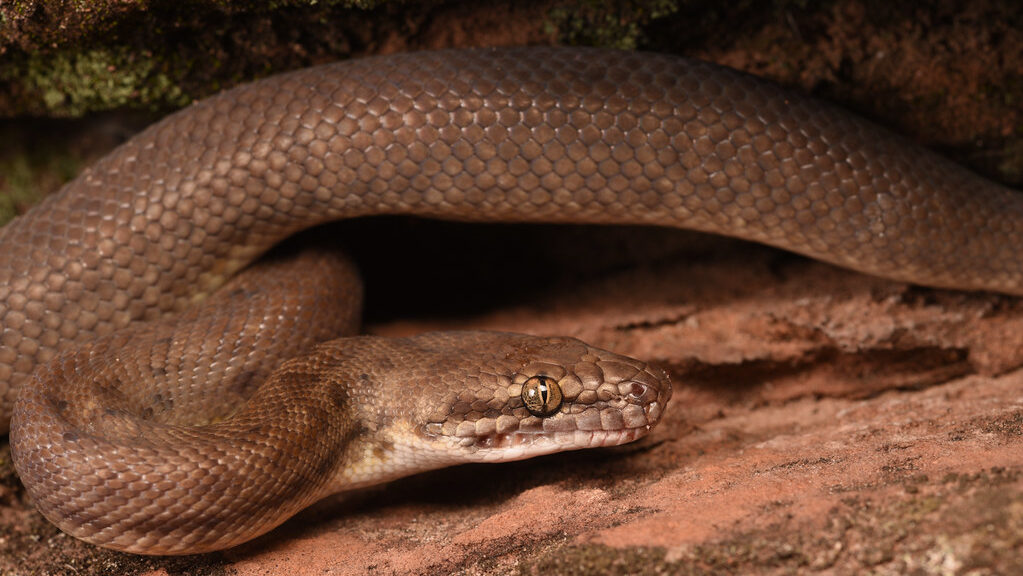
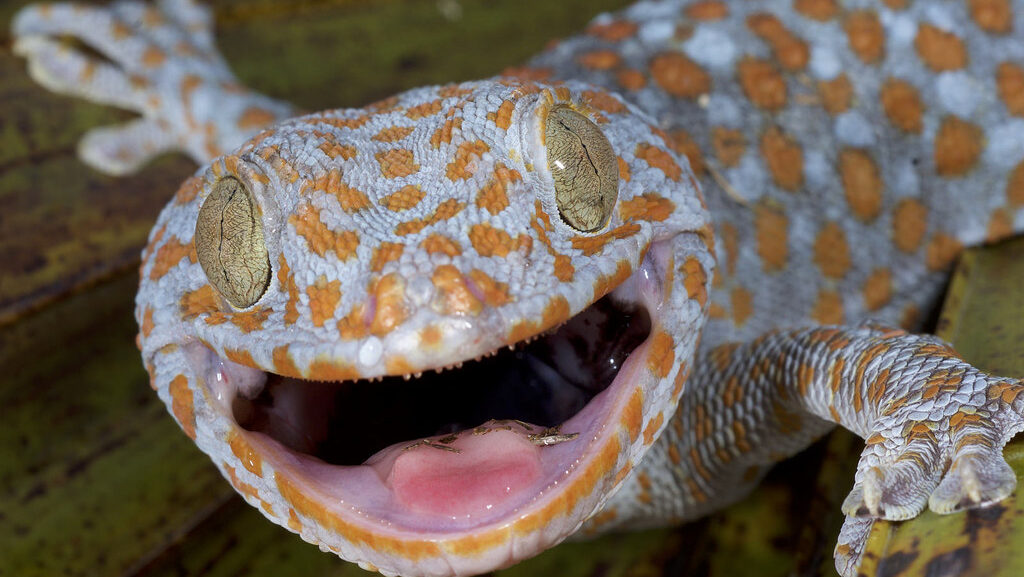
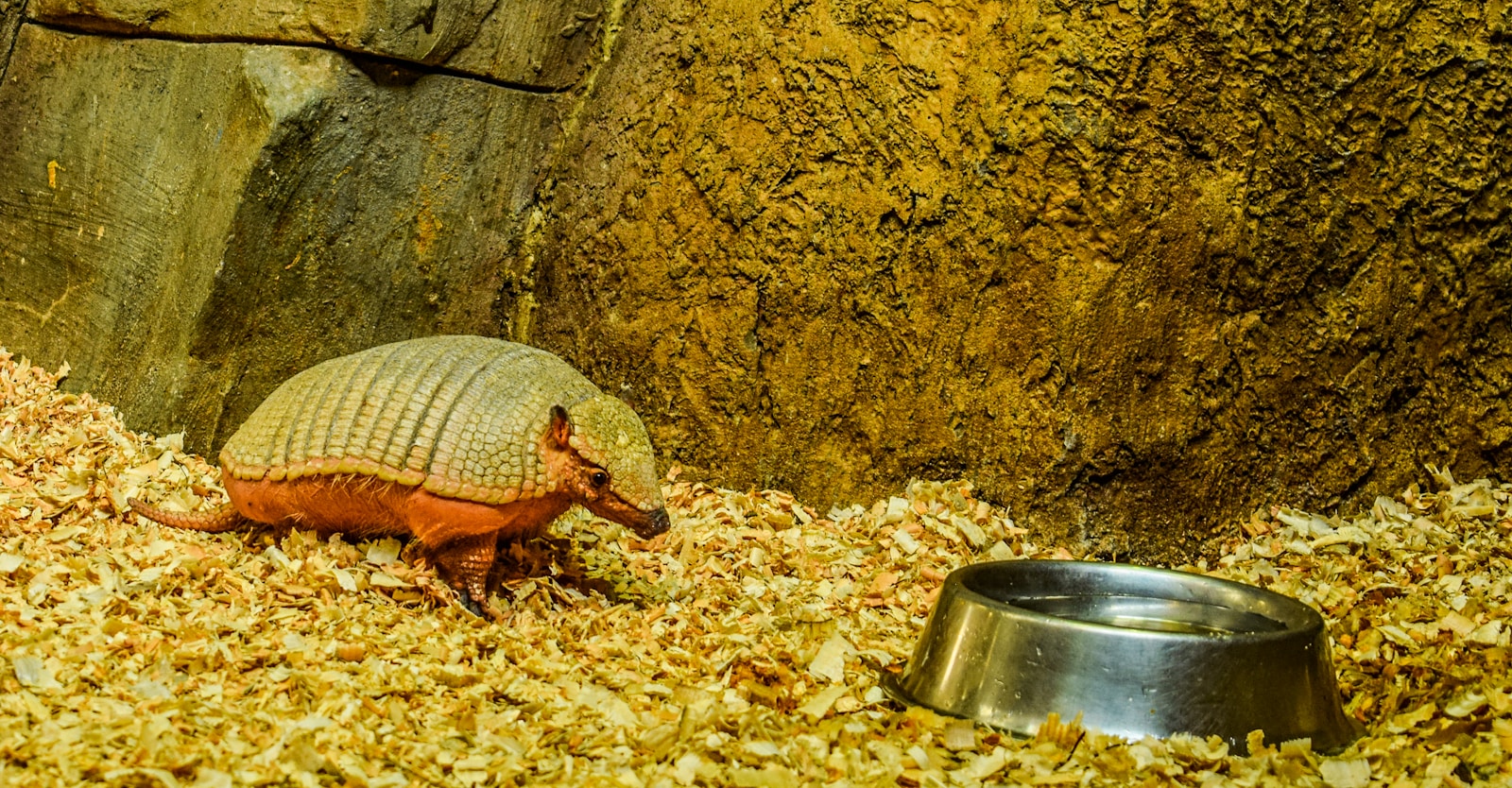




Leave a Reply